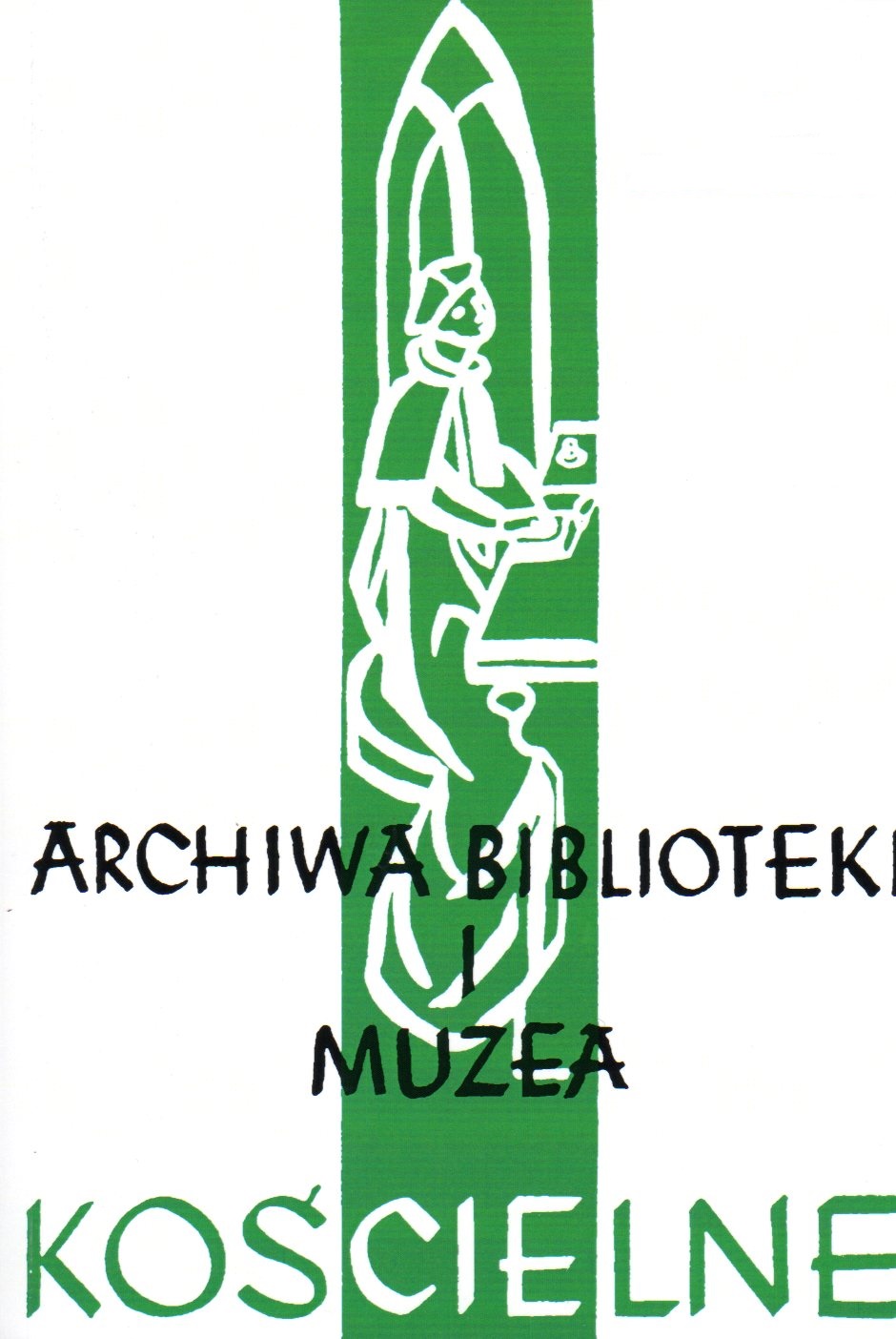Historia i znaczenie ryngrafu.
THE HISTORY AND THE MEANING OF A GORGET.
Author(s): Jolanta WasilewskaSubject(s): History
Published by: Katolicki Uniwersytet Lubelski Jana Pawła II - Wydział Teologii
Keywords: Gorget
Summary/Abstract: A gorget comes from the medieval Europe, when it was a part of a night armour designed to protect the collarbone and the upper chest. Up until the middle of the 15th century it had been an integral part of a helmet, and then an element of a full or half plate armour. From the 16th century, as the armour disappeared, the gorget was worn over the clothing first as an officer rank badge and then as an infantry one. Today gorgets are used as Baptism or First Communion gifts. They are made of precious metals with an attached chain which is used for hanging gorgets on the wall. There has been a growing interest in gorgets for years. This trend can be connected with the Polish sentimentalism- the manifestation of belonging to a certain group, with which we are emotionally involved, as well as a religious symbol, which serves as a protection of its owner against adversities. That is why the gorget often appears in the Polish painting in the 19th and 20th centuries and in historical photographs. It is no wonder that the gorget is becoming more and more popular among collectors clubs and faleristics-one of the auxiliary sciences of history.
Journal: Archiwa, Biblioteki i Muzea Kościelne
- Issue Year: 2011
- Issue No: 95
- Page Range: 349-358
- Page Count: 10
- Language: Polish

